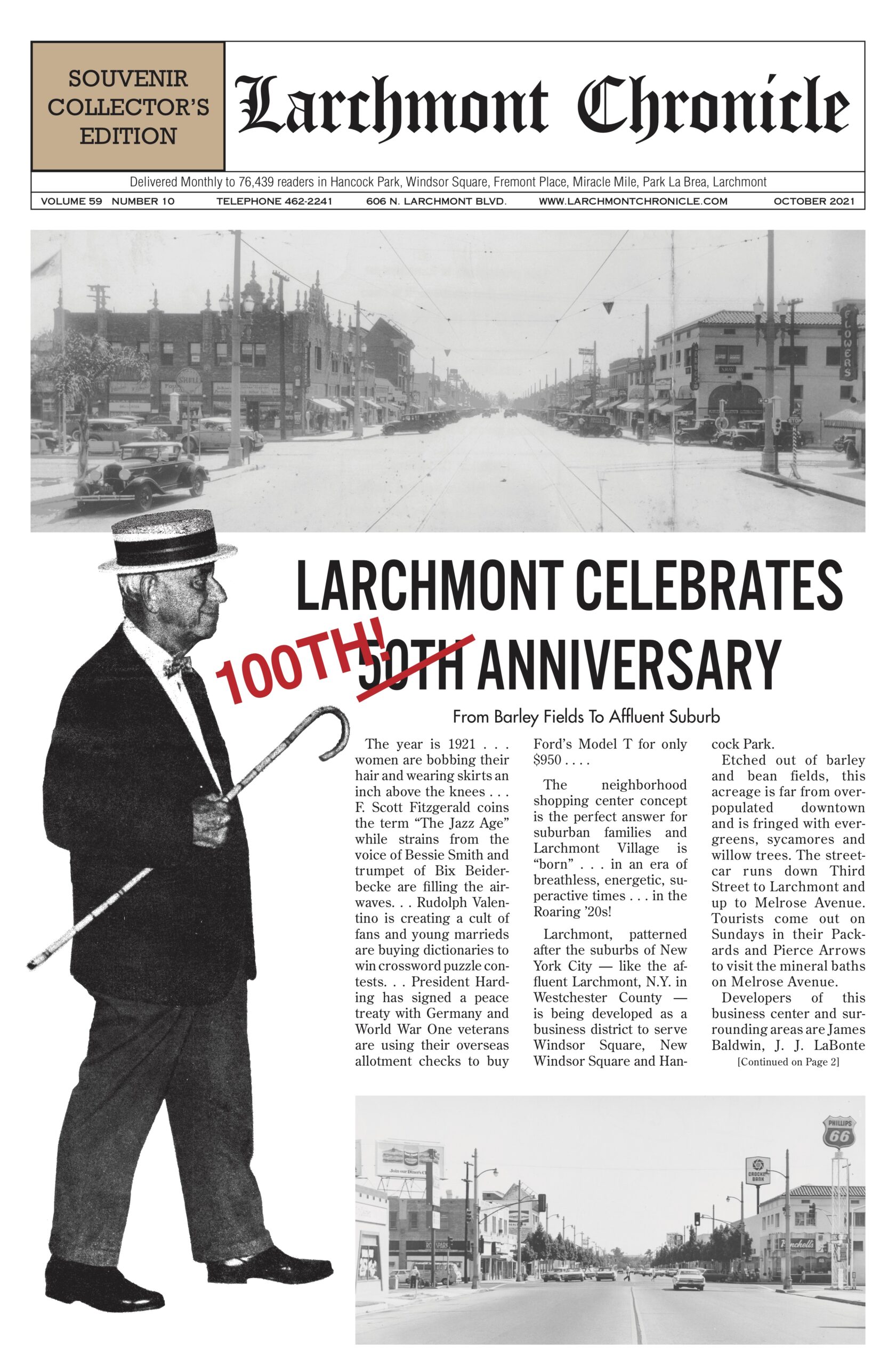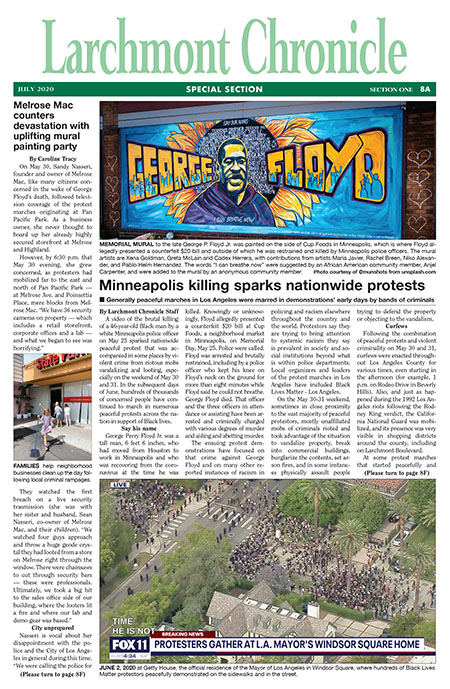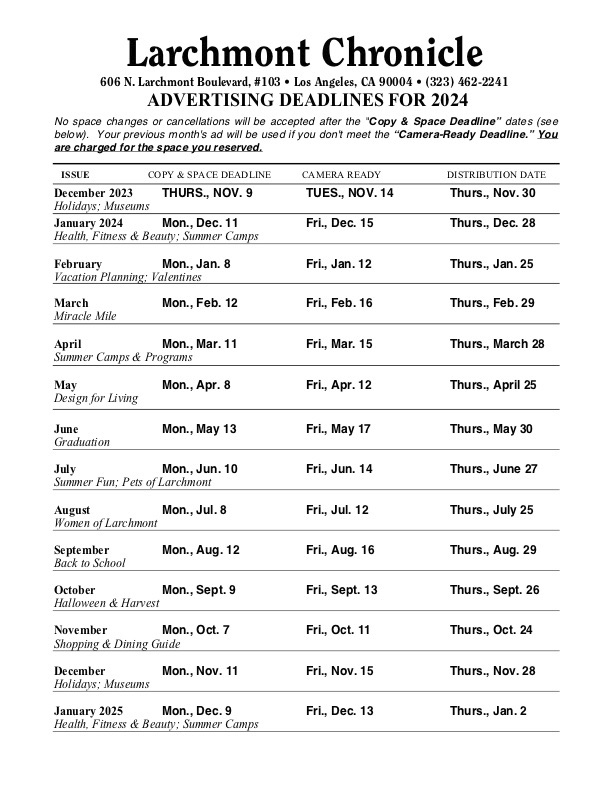Yo ho ho! A salty nautical tale of rum, fathom and Mayday
 As the sun finally graces us with its presence, I dream of being on a boat. I’ll settle for any kind of vessel, really: a catamaran tour through Channel Islands National Park, a ferry to Catalina or a kayak riding the current through the remarkably lush natural habitat of the Los Angeles River. With a vial of Dramamine and an SPF nearing the triple digits in tow, I’m ready to set sail.
As the sun finally graces us with its presence, I dream of being on a boat. I’ll settle for any kind of vessel, really: a catamaran tour through Channel Islands National Park, a ferry to Catalina or a kayak riding the current through the remarkably lush natural habitat of the Los Angeles River. With a vial of Dramamine and an SPF nearing the triple digits in tow, I’m ready to set sail.
Seafaring was the raison d’être for one Admiral Edward Vernon. Born in London in 1684, Vernon had an illustrious career, starting as a volunteer-per-order in the Royal Navy and rising to the rank of admiral after 46 years of service. Vernon was known for wearing a cloak that was cut from a coarse material called “grogram,” earning him the nickname “Old Grog” among the sailors under his command.
Following England’s conquest of Jamaica in 1655, rum came to replace beer and brandy as the drink that sailors received as daily alcohol rations (a Royal Navy protocol that would remain in place until 1970).
In 1740, Old Grog, observing that some of his men would stockpile their rations for the occasional bender, mandated that the rum used for the allowance be mixed with water. This served to reduce both the drink’s potency and its shelf life, much to the displeasure of the sailors, who spitefully dubbed the inferior replacement “grog” after Vernon.
Today, the word grog pervades as slang for alcohol in Australia and New Zealand, and it conjures a wistfulness for life at sea when used in the fanciful titles of tiki drinks. If grog isn’t a mainstay in your everyday lexicon, perhaps its derivative, groggy, feels more prevalent, especially after a night of imbibing or simply a lack of sleep.
It’s not a groggy sailor but a howling storm that causes the shipwreck that maroons a boatful of Italian royals in William Shakespeare’s “The Tempest.” The crash, caused by the revenge-seeking sorcerer
Prospero, separates the King of Naples from his son, Ferdinand, who is told the news of the king’s supposed death at sea: “Full fathom five thy father lies.”
Just as feet, palms and fingers helped ancient civilizations form the basis for small units of measurement, the length of a human arm span, called a “fathom,” was a tool used by seafaring cultures — and Ferdinand’s informant — to describe water depth. Now having been in use for at least several centuries, the term “fathom” comes from the Old English fæðm, meaning “arms, grasp or embrace.” The exact length of a fathom has seen slight variations over time, but the international fathom used today measures a round 6 feet for us here in the U.S. — and a not-so-round 1.8288 meters for just about everyone else.
The ocean’s murky depths churn with yet another nautical phrase to wrap our arms — or minds — around. “Mayday” is an international distress call used by aviators and mariners to signal a life-threatening emergency. The phrase was chosen in 1923 as an alternative to the existing signal, “S.O.S.,” when involved parties realized the potential error that may result in an operator hearing the spoken letters as “F,” as in “Frank,” and not “S,” as in “Sam.” The inspiration behind “Mayday”? Not the impulse to placate one’s anxiety with happy thoughts of maypoles and springtime revelry, but rather the French for “help me” — M’aidez.
And with that little safety tip in mind, I’m off to faraway shores, conveyed by wind or oar. Till next month, my salty dogs.
Category: Real Estate







